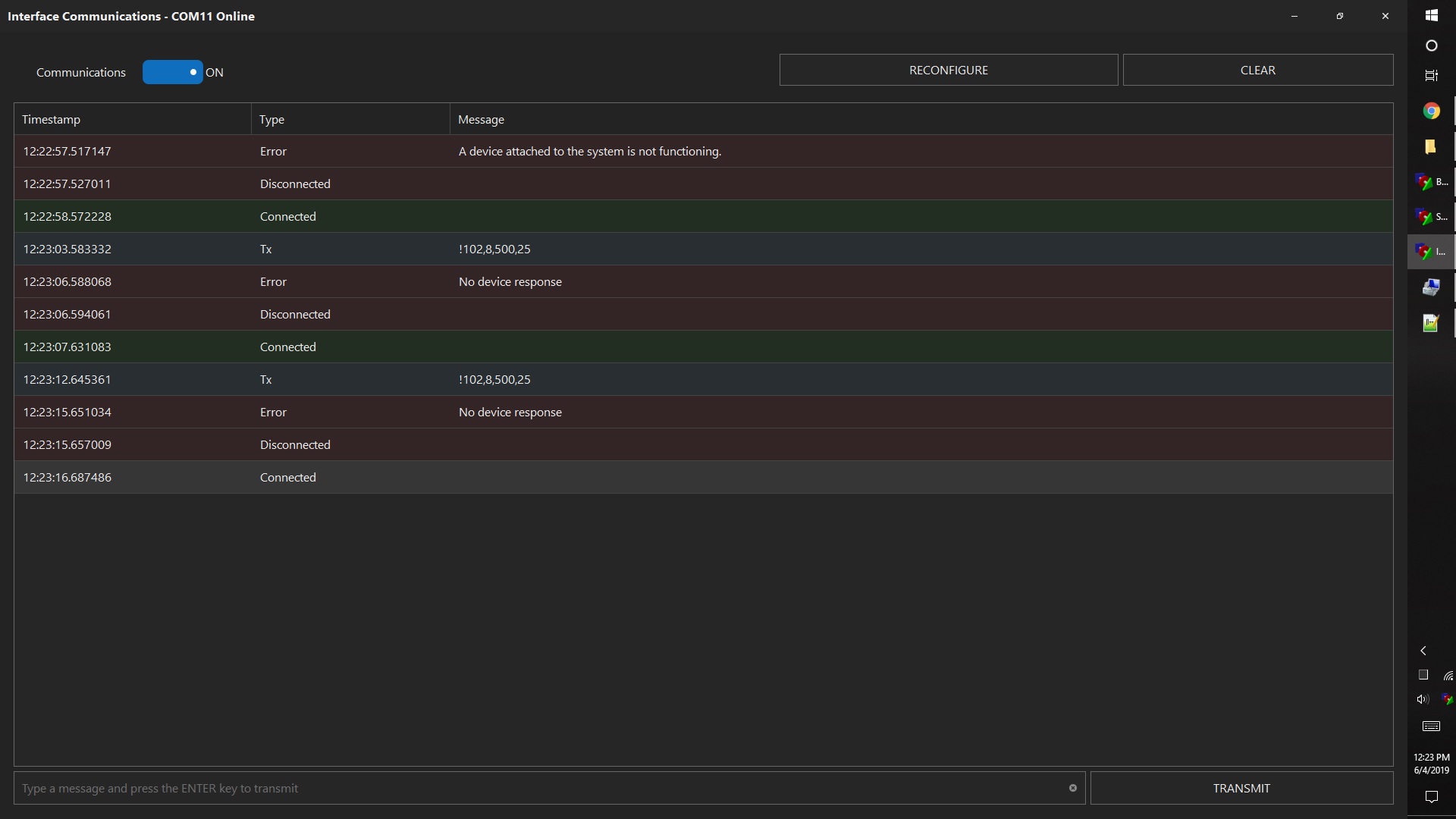OK, one last question for (for the moment). I see a number of things to potentially address this concern but I suspect there are some ways that are better than others. The problem I am having is that I have a 3.3v PWM signal coming from the Grand Central controller going to the BruControl AA-1 board as I need a true analog output for speed control of some pumps, etc. Perhaps as expected (I am not sure), I can no longer get the AA-1 board to deliver a 0-5V signal output from the 3.3V PWM input signal. I get 3V max output with 5V connected to the AA-1 VCC, and a 4V max if 12V is connected to the AA-1 VCC (24V makes no difference). Is there a good way to rectify this problem?
I’ll need to look over the schematic of the AA-1 and it’s op-amp and get back to you.


















































![Craft A Brew - Safale S-04 Dry Yeast - Fermentis - English Ale Dry Yeast - For English and American Ales and Hard Apple Ciders - Ingredients for Home Brewing - Beer Making Supplies - [1 Pack]](https://m.media-amazon.com/images/I/41fVGNh6JfL._SL500_.jpg)







